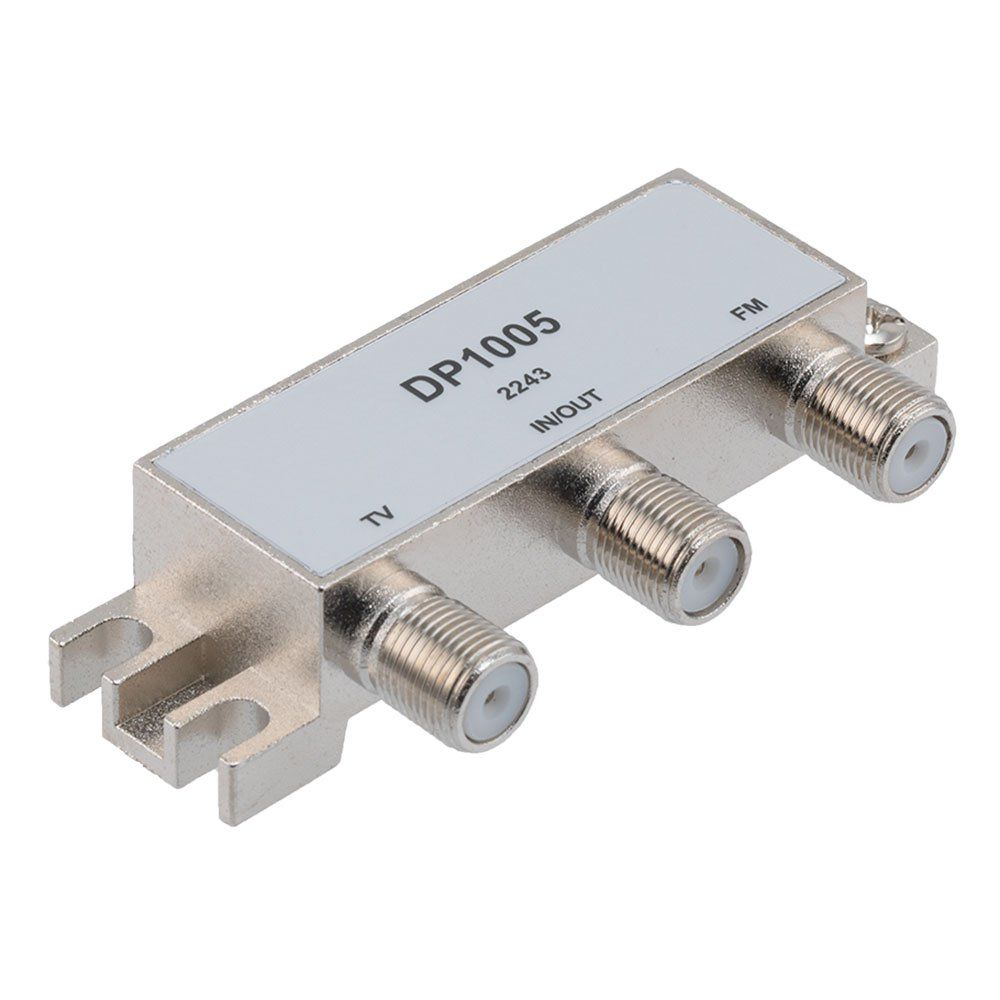Isolator
Isolator and its Applications in Engineering
An isolator allows signals to travel in one direction while blocking harmful reflections. It is applied in radar, telecommunications, RF, and industrial sensing.
What is an Isolator?
An isolator is used in signal transmission systems to allow waves to travel in one direction and suppress the reverse. In the radio frequency and microwave range, it acts as a protective layer, preventing reflected signals from returning to the source. Without an isolator, reflected waves from the load can cause distortion or damage to components sensitive to reverse power.

The operating principle of an isolator usually relies on ferrite material under the influence of a magnetic field. In this case, the forward signal is transmitted almost intact, while the reverse signal is suppressed. This mechanism allows the transmitter circuit to remain stable throughout operation.
Applications in Transmission Systems
In radar, broadcast stations, or telecommunications systems, the output load is not always perfectly matched. When load mismatches occur, reflected waves generate interference and reduce the efficiency of the amplifier. An isolator is installed to resolve this situation, helping the transmission line maintain the desired characteristics.
In laboratories, isolators also frequently appear in RF measurement paths. They allow engineers to perform tests without worrying about feedback interference affecting results or damaging measuring instruments.
Practical Examples from Products
Fairview Microwave is one of the brands with a wide range of isolators, currently available at EMIN. The company’s models cover frequencies from a few hundred MHz up to over 40 GHz. Many models are capable of handling high power, featuring very low insertion loss and sufficient isolation to protect the source circuit, such as the FMIR1022 (N-Female connector), operating in the 7–12.4 GHz range, withstanding up to 5 W and offering 40 dB isolation, or the FMIR1024 (SMA-Female), designed for 11–18 GHz, also handling 5 W with 40 dB isolation. These features make Fairview’s isolators commonly found in radar systems, satellite communications, and RF testing setups.
From another perspective, OMRON introduces the ceramic accessory F03-14 3P for electrode sensors. This is not an isolator in the telecommunications sense, but a component that maintains spacing between electrodes in liquid-level measurements. Thanks to the ceramic separation, the electrodes do not touch each other, allowing the level measurement system to operate more stably and durably.
See all products of the company in Category: Fairviewmicrowave Isolator
Key Benefits of an Isolator
In measurement systems, isolators facilitate more accurate data acquisition. Measurement channels remain independent, enabling engineers to observe each signal separately without feedback interference masking the results.
In complex transmission environments such as radar or broadcast stations, this device helps maintain stable signal flow even when loads are not perfectly matched. As a result, power amplifiers are less stressed by reverse waves, while the system continues to deliver expected performance.
At the operational level, isolators also make maintenance more convenient. A circuit section can be replaced or adjusted without affecting the entire transmission line, reducing downtime and saving costs for operators.
General Perspective on Isolators
Whether in the microwave domain or inside a liquid tank, isolators perform the same essential task: creating the necessary separation for a system to operate as originally designed. A small device may not draw much attention, but it is precisely what ensures the entire process continues to run reliably and stably over time.
-
-
-
-
-
-
-
-
-
-
-
-
-
-
-
-
-
-
-
-
-
-
-
-
